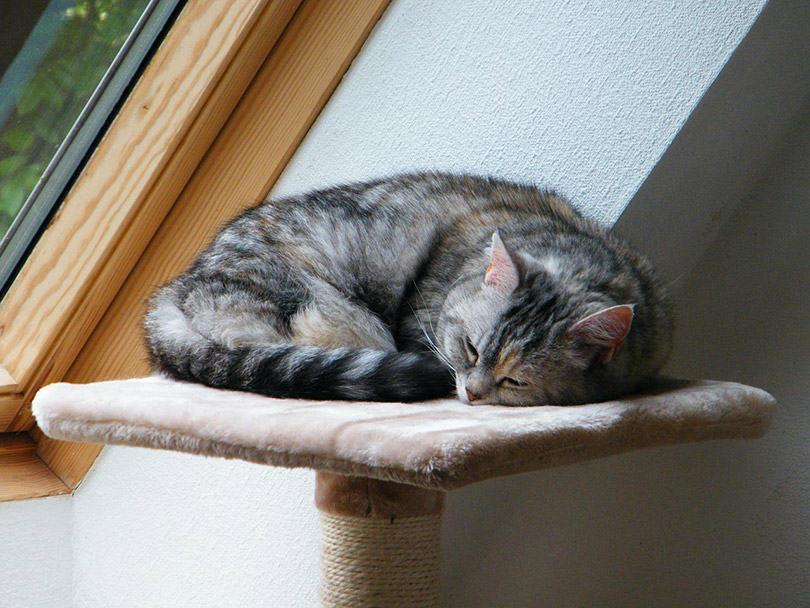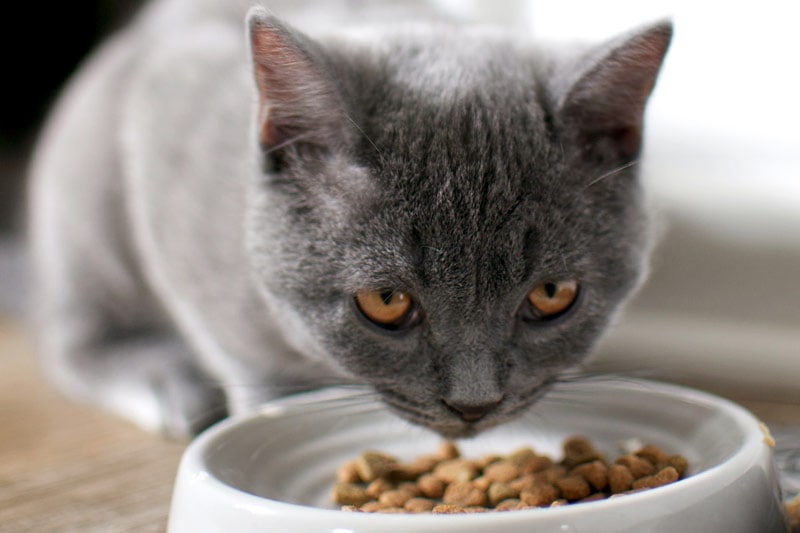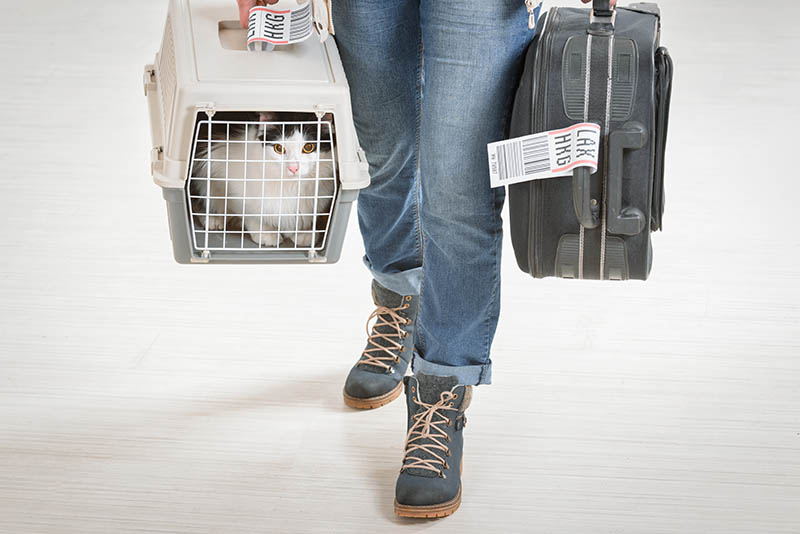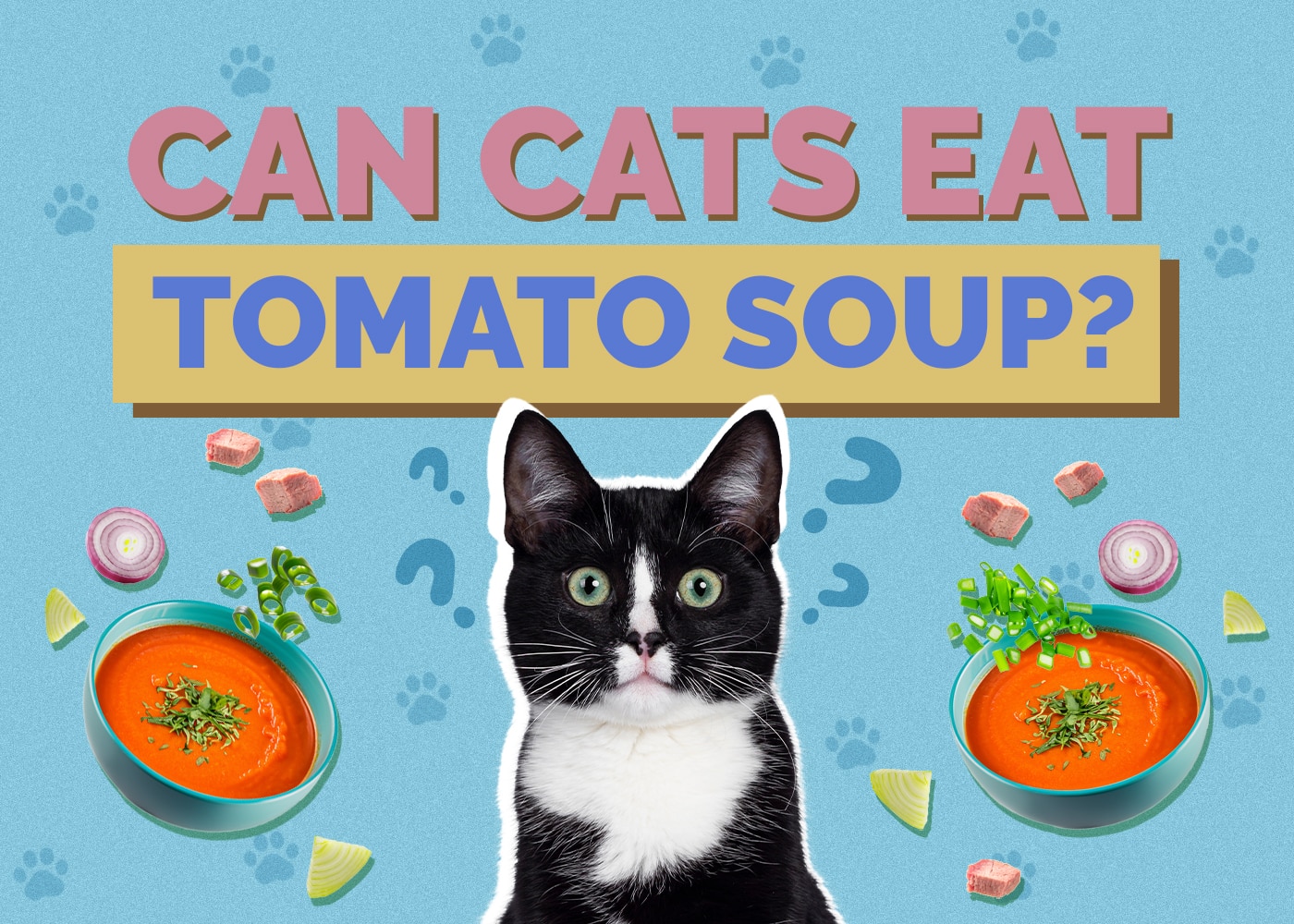How to Be a Good Cat Owner: 10 Vet-Reviewed Tips & Advice
Updated on

There are very few things in life more gratifying than being loved by a cat that has chosen you as their human. Although many people perceive cats as aloof and independent, they do require a massive amount of time, dedication, and love from their owners.
In this article, we explore tips and tricks that you can use to become a great cat owner. Owning pets is a privilege, so it’s crucial that you take good care of them.
The 10 Tips & Tricks to Be a Good Cat Owner
You’re not always guaranteed your kitty’s love and attention right away, unlike dogs, which are often predictably loyal and affectionate. But there are ways that you can ingratiate yourself to your cat that could make you more indispensable! It goes without saying that the way you do this is to love them. Loving your cat entails being attentive to and providing for their every need.
Most cats have a standard set of needs like food and shelter—there are many more. We’ve compiled this list of 10 helpful tips and tricks for being a good cat owner that is sure to place you squarely in your puss cat’s good books.
1. Make Your Home a Cat-Friendly Space
Adapting your living space to better suit your feline will also serve the humans in that space. A cat that has all of its needs met is less likely to scratch belongings, for example. There are some things that you might want to consider adding, removing, or altering in your house to make it a kitty haven.
- If your cat is free to come and go at will, (for example, from a cat patio to indoors), make sure they always have free and easy access into and out of the house. This is best done by installing a cat door that leads from your home to their catio. For their own safety, cats should not be allowed to roam freely unsupervised, as they may end up injuring themselves, contracting unknown diseases, or contributing to the loss of local fauna.
- On the other hand, if your cat is exclusively an indoor cat, then make sure that there are no escape routes, like open windows or doors.
- Remove or restrict access to items in the home that could be dangerous, such as poisonous plants, medicines, unguarded heaters, and the like. Make sure tumble dryers and washing machines are kept closed when not in use.
- Invest in cat scratching posts and train your kitty to use them. This will save your furniture!

2. Find a Great Veterinarian
Your cat will require health check-ups from time to time, and, dare we say it, accidents do happen. Be proactive about finding a veterinarian who you like, and who your cat likes, so that you are prepared for if and when you need their services.
3. Pay Attention to Your Cat’s Nutrition
You may have sometimes quietly wondered whether your cat only loves you because you give it yummy grub and treats. The truth is, that probably is one of the reasons! Don’t worry, it’s not the only one.
The food you offer your cat is one of their main sources of general wellness. Not only should your cat’s food be scientifically formulated and well-balanced, but it should also be palatable. Choose a food that is high in protein and good-quality animal fats and contains little to no fillers, preservatives, or fillers. Good-quality adult cat food should have at least 40–50% protein from an animal source that’s the main ingredient. Cats can also efficiently handle a large amount of proteins (as long as you don’t overfeed them). Kittens, pregnant cats, and nursing cats have higher requirements for nutrition and do best when offered kitten food (as it is more calorie-dense).
Some adult cats are happy with high-quality dry kibble, while others may always need wet food or a combination of the two. Cat food with the AAFCO stamp of approval is a good place to start.
If you are in doubt as to the best food to choose for your precious puss cat, then chat with your veterinarian or an animal nutritionist.
Don’t forget the treats! Treats should not replace meals and they should be feline-specific. Be careful not to spoil your kitty; otherwise, you may end up having to deal with obesity-related issues.

4. Keep Their Litter Trays Clean
If your home is large, you may have several strategically placed litter trays around. The number of litter trays in your house should be equal to the number of cats that you have, plus one (so for one cat, you’d need two litter trays). Your kitty’s litter trays should be kept clean and dry. They should be scooped out at least once a day and cleaned thoroughly at least once a week. A thorough cleaning entails replacing the litter and washing the box.
Much like us, cats don’t like an audience when they are doing their “business,” so place your kitty’s litter box where they can have some privacy and are not at risk of being interrupted. You may also have to experiment with different litter brands and tray types (covered, uncovered, etc.) before figuring out which one your cat prefers most.
5. Set Up Kitty Beds
Cats nap a lot! Set up a few little nap spots around the home where your cat can curl up and have a snooze. They’re particularly fond of warm, sunny, and fleece-covered settings.
If your cat shares your home with dogs or small children, you may want to carefully consider the placement of their nap spots. Select areas that are safe from curious sticky-fingered and wet-nosed passers-by.

6. Spend Time With Your Cat
This is not a tough one to do! One of the main reasons you got a cat in the first place was for their companionship. You’re not the only one who benefits from this companionship—your kitty loves to spend time with you too.
Cats can be a little more selective about how much time they spend with you, as well as how they choose to spend that time and when. You shouldn’t force attention on your cat if it’s obvious they are not in the mood for it. Whilst a dog’s grumpiness can often be remedied with some caresses and cuddles from their beloved human, this is less likely with your aloof cat. Cats do things on their terms.
Some great ways to spend time with your pet are grooming them, playing with them, sitting with and cuddling them, and letting them sleep with you. Adult cats need at least an hour or two of socialization per day, while kittens require at least twice as much time (ideally, three times as much).
7. Be Prepared for Trips With Your Cat
Make sure that you have a comfortable and secure cat carrier in which to transport your precious feline cargo, should the need arise. There are many to choose from between the two main types. The hard, crate-type carriers are more robust and secure, while the soft carriers might be more ergonomic for the human handler.
Choose one that meets the needs of you, your cat, and your journey.

8. Be Prepared for Trips Without Your Cat
Have you thought about what will happen to your kitty when you decide to go on vacation? There are two main options, and the first is boarding kennels. Although cats generally don’t tolerate being moved around well compared to dogs, they tend to adjust to a well-run feline-specific boarding kennel just fine. Locate a kennel that you like ahead of time and remember to make your booking well in advance. Kennels are in high demand in peak vacation season.
If your cat has never stayed away from home before, get daily reports from the establishment as to how they have settled. Be prepared to cut your vacation short if your kitty does not settle and remains anxious.
The second option is to retain the services of a professional pet/cat sitter. Once again, interview several candidates ahead of any planned trip until you are happy that you have found the right person. Let your cat interview them too. Good cat sitters are also in demand, so remember to book their services early to avoid disappointment.
9. Provide Entertainment
Cats are natural predators and even with the laziest, most domesticated cat this aspect of their nature remains highly activated. They are very active in short bursts, and activity is often associated with predation-like activity such as stalking, chasing, climbing, and pouncing.
You can satisfy this most primal urge by providing your kitty with toys that they can play with when alone and toys that both you and your cat can play with together. Your cat will often enjoy it if you get them a multi-level cat tree or cat condo, especially if it has a hideout or two and some built-in toys.
If a designer cat tree is not in your budget, a cardboard box will almost certainly endear you to them just as much. Cats love boxes!
10. Ensure That Your Cat is Identifiable
Lastly, particularly if your cat is free to come and go at will, make sure that they have some form of identification on them. Most cats happily wear a collar with a tag once they have had a few days to get used to it. Make sure that the collar has a quick-release catch, as cats have a knack for getting themselves into tight spots where the collar could easily get caught on something. The collar should contain important information relating to your cat should they get lost (such as your phone number or address).
A second, better option to consider is microchipping, especially if you have one of those pets that either simply refuses to wear a collar or loses it every fortnight.
Conclusion
No doting cat owner likes to see their beloved cat unhappy, anxious, or even just grumpy. Granted, not unlike people, some feline characters appear displeased with life most of the time. Luckily, variety (of character) is the spice of life, and we love them just the same!
Fortunately, though, most cats are more temperate of character. Keeping their basic needs met will keep them happy and healthy. This list of tips and tricks should go a long way to helping you accomplish this task.
Featured Image Credit: Nata Bene, Shutterstock












